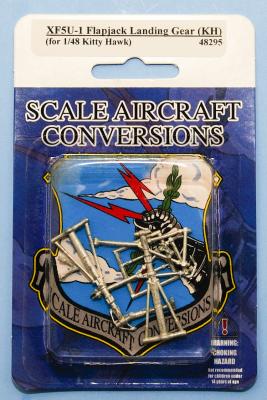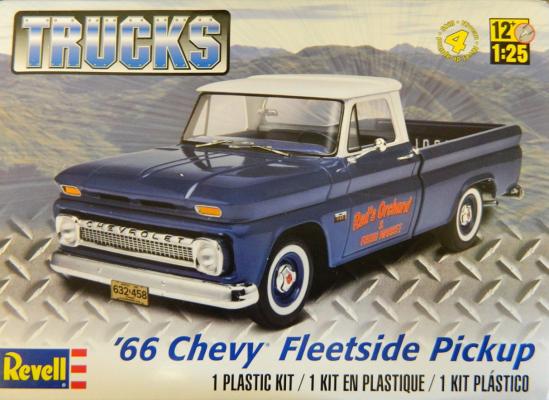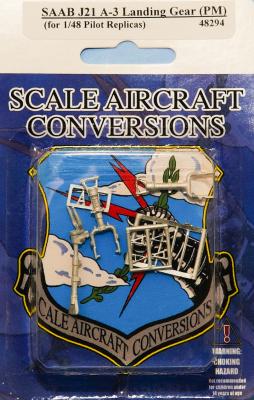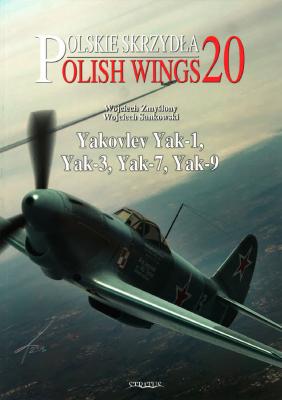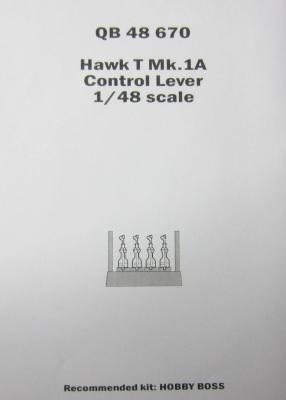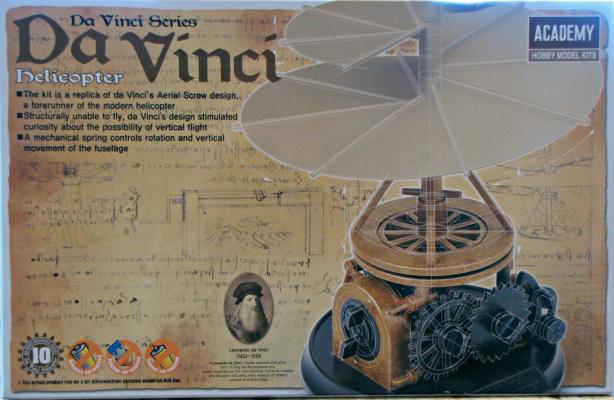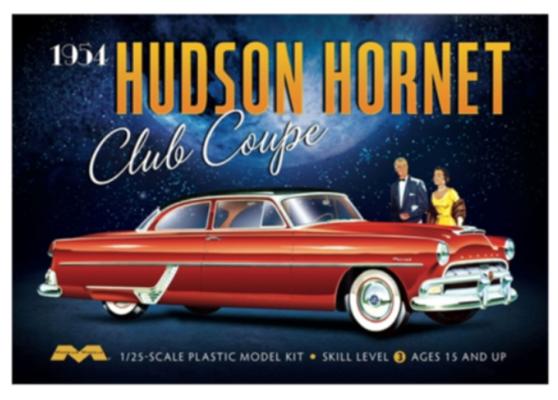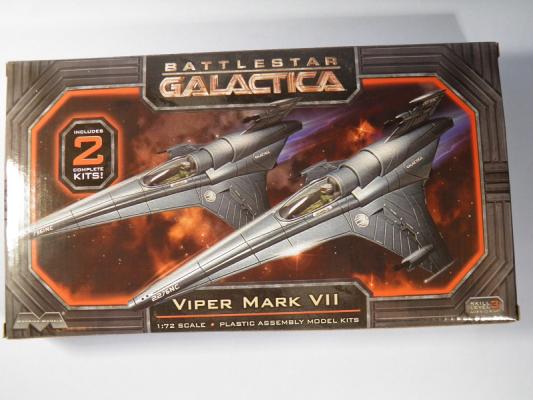This is Ampersand’s first nautical book, a new series that promises to focus on US capital ships of World War II. It follows the format as David Doyle’s “Flying Wings” and “Consolidated B-36” books, but is in hard cover. Ampersand got their start in 1993 when Pat Stansell distributed a free issue of Military Miniatures in Review at the IPMS Nationals in Atlanta. Ampersand joined forces with HobbyLink Japan in 2008 and have continued to expand their military AFV publications ever since.
Reviews
Scale Aircraft Conversions has released a nice set of replacement landing gear for the Kitty Hawk 1/48 Vought XF5U-1. The eleven parts supplied include the tail gear, main gear, torque links, and main gear retraction arms. A side by side evaluation of all the SAC parts shows the similarity with the kit parts. There are no supplied instructions; you simply swap out the kit provided plastic parts with the new white metal items. You do need to be very careful to assure proper alignment on all three axes. The SAC landing gear may need to be slightly adjusted to be straight (a benefit of using metal is that you can bend it slightly). Smooth jaw needle nose pliers work wonderfully.
The 1966 Chevy Fleetside pickup by Revell was screaming for some old school modifications.
Engine
The 283 ci engine was bored out and I added a high rise manifold with 2 4 barrel carbs and chrome finned valve covers. It’s wired and plumbed.
Interior
Kit interior was pretty basic but that’s the way it would have been in 1966. Door panel and dash engraving was very crisp and easy to detail paint. I tossed the bench seat and added bucket seats and a console. A polished aluminum steering column was made with a gear shifter and turn signal lever added. The interior is also flocked.
Body
Smooth, crisp lines and no flash. Emblems and door handles are provided on the chrome tree. I decided to leave them off for this old school custom. Front and rear pans were rolled and holes drilled for lights. Grill came from the parts box.
Scale Aircraft Conversions has released replacement landing gear for the excellent Pilot Replicas 1/48 SAAB J 21 A-3. The 13 parts supplied include the nose gear, main gear, torque links, and main gear retraction arms. A side by side evaluation of all the SAC parts shows the similarity with the kit parts. Ross McMillan has combined two parts by securing the nose gear wheel fork to the nose gear, eliminating a potential point of failure. There are no supplied instructions; you simply swap out the kit provided plastic parts with the new white metal items. You do need to be very careful to assure proper alignment on all three axes. The SAC landing gear may need to be slightly adjusted to be straight (a benefit of using metal is that you can bend it slightly). Smooth jaw needle nose pliers work wonderfully.
Wojciech Zmyslony and Wojciech Sankowski author the latest in Mushroom Model Publications’ series of aircraft used in the Polish Air Force. This volume’s focus are the piston engine Yak fighters deployed by the ‘People’s Polish Air Force’ during WWII and the late 40s.
The front and back covers are by Marek Ryś of a Yak-1b, one of three aircraft adorned with a presentation inscription.
I counted 177 black and white photos along with 2 color photos of museum aircraft. Thierry Vallet contributes 42 color side views as well as top and bottom views as appropriate. Colors are even called out with Russian AMT and US FS numbers. The great part of these color side views is they are backed up with period photos of the aircraft that is being portrayed. Wojciech Zmyslony and Wojciech Sankowski also include two tables (see below) that detail the date, unit, aircraft, markings, and pilot.
The Table of Contents focuses on the following sections:
The parts are packaged in a thin plastic sleeve, and the resin is protected by additional reinforcement ribs. Four control levers (sticks) are provided, but the kit requires only two.
Compared to the Hobby Boss (HB) kit parts, the Quickboost (QB) has great improvement on detail over the HB part. The most noticeable difference is the grip shape itself giving crisp detail and accurate contours. Another area of improvement is the grip pivot (roll) accurately replicating that unique pivot. The HB part is very basic where the QB part has finer detail as well as small wiring provided in the casting.
Aires/Quickboost is known for exquisite detail on all of their update sets and this review sample is no exception. I would like to thank Aires for this review sample.
This is Ampersand’s second aviation book, both in the Visual History Series, and follows the same format as David Doyle’s “Flying Wings”. Ampersand got their start in 1993 when Pat Stansell distributed a free issue of Military Miniatures in Review at the IPMS Nationals in Atlanta. Ampersand joined forces with HobbyLink Japan in 2008 and have continued to expand their military AFV publications ever since. 2015 saw Ampersand dive into aviation books and 2016 marks their first dive into nautical books with the Visual History Series on the USS California. True to the series name, the focus of this book in on the visual with a mere two pages detailing the development history of the Peacemaker. A third page depicts the development of the B-36 with line drawings, and then it’s off to the well captioned photographs.
For several years now, Academy Plastic Model Company has been producing a series of kid-friendly kits based on the designs of Leonardo Da Vinci. I love these little kits. I have the armored car in my office as a conversation piece. These are, perhaps, more toys than traditional model kits but are a perfect kind of kit to introduce kids to modeling. This particular kit is modeled after Leonardo’s air screw. According to da-vinci-inventions.com, Da Vinci sketched out his air screw in the 15th century. The screw was manufactured from linen, wire, and reeds and was to be rotated by a crew of four men. It was never constructed and would have been an impractical flying machine to say the least. Nevertheless, it is testament to Da Vinci’s genius.
The Moebius '54 Hudson is a welcome re-tool after the fine '53 Hudson kit. My kit came well packed in an attractive retro art style box.
All parts were molded crisp and clean, and the chrome is outstanding. I did notice however, that the body had sort of a rough texture to it, requiring extra fine sanding to smooth. I did hear that early production kits suffered from this, but apparently it's now been taken care of by the manufacturer.
The instructions are in glossy color form, and offer lots of building information, but are somewhat vague on attachment points of some parts. In order to replicate factory stock correctly, the steering wheel and column will need some careful masking and painting, as they are incorrectly molded in chrome.
When they revamped Battlestar Galactica in 2003 they revamped many of the ships including the Viper fighters. They were retiring the Mk II as the new Mk VII was in service. Unfortunately, the Cylons had a way to disrupt the newer fighters rendering them powerless so the Mk II fighters had to be brought back into service to carry the fight. Later in the series the Mk VIIs were able to rejoin their earlier cousins and combat the Cylon tyranny.
Moebius brought out very nicely detailed 1/32nd scale kits of both Viper versions as well as the new Cylon Raider but these kits didn’t really fit in with my collection of 72nd scale fighters so I was very excited to see them release new kits of all 3 of these fighters in my scale and to make things better, you get 2 kits in each box. This review focus’ on the newest kit, the Viper Mark VIIs.


